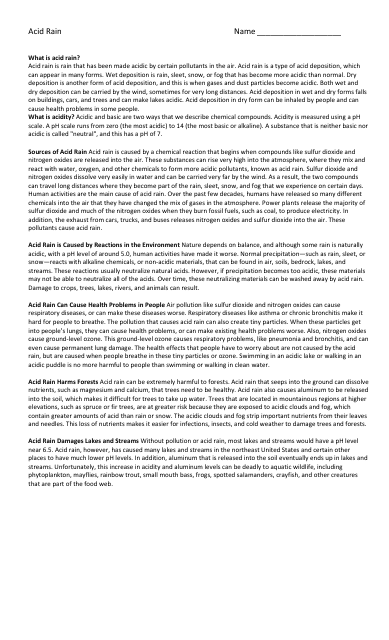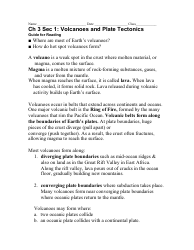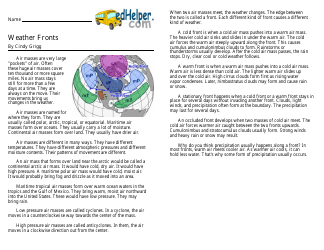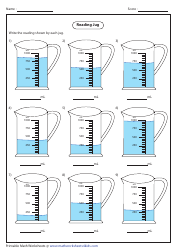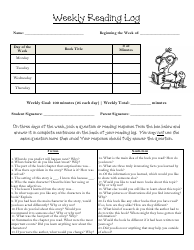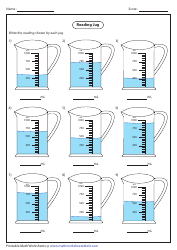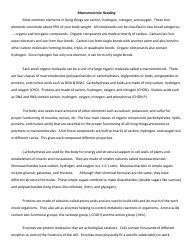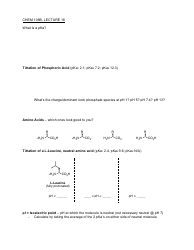Acid Rain Reading Comprehension Worksheet
The Acid Rain Reading Comprehension Worksheet is a learning tool designed to help students understand the concept of acid rain and its effects on the environment. It includes passages to read and questions to answer to test understanding.
FAQ
Q: What is acid rain?
A: Acid rain is a type of rain that has a high level of acid in it.
Q: How is acid rain formed?
A: Acid rain is formed when pollutants in the air mix with water vapor and other substances in the atmosphere.
Q: What are some sources of pollutants that cause acid rain?
A: Some sources of pollutants that cause acid rain include emissions from power plants, factories, and cars.
Q: What are the main environmental effects of acid rain?
A: The main environmental effects of acid rain include damage to forests, lakes, and buildings.
Q: How does acid rain affect forests?
A: Acid rain can damage trees and plants by harming their leaves, needles, and bark.
Q: How does acid rain affect lakes and ponds?
A: Acid rain can make water bodies more acidic, which can harm fish, plants, and other aquatic organisms.
Q: How does acid rain affect buildings and monuments?
A: Acid rain can erode and damage buildings, monuments, and statues made of stone or metal.
Q: What measures can be taken to reduce acid rain?
A: To reduce acid rain, we can decrease emissions of pollutants, use cleaner energy sources, and implement environmental regulations.
Q: Can acid rain be harmful to human health?
A: In high concentrations, acid rain can be harmful to human health, particularly if ingested or inhaled.
